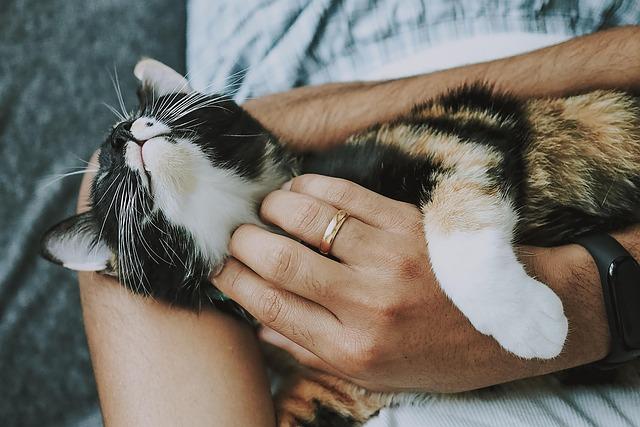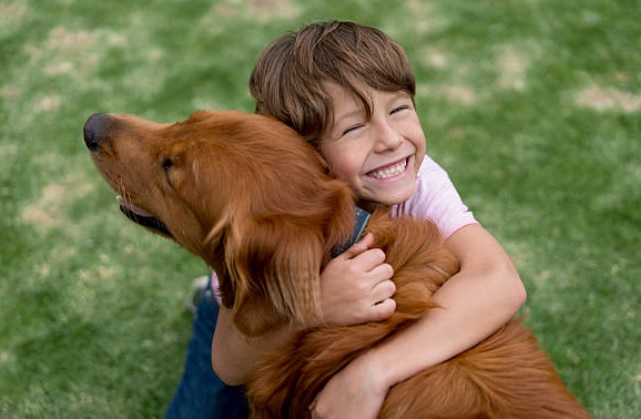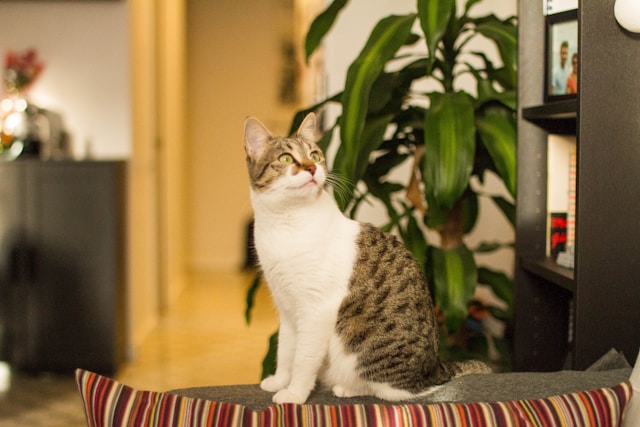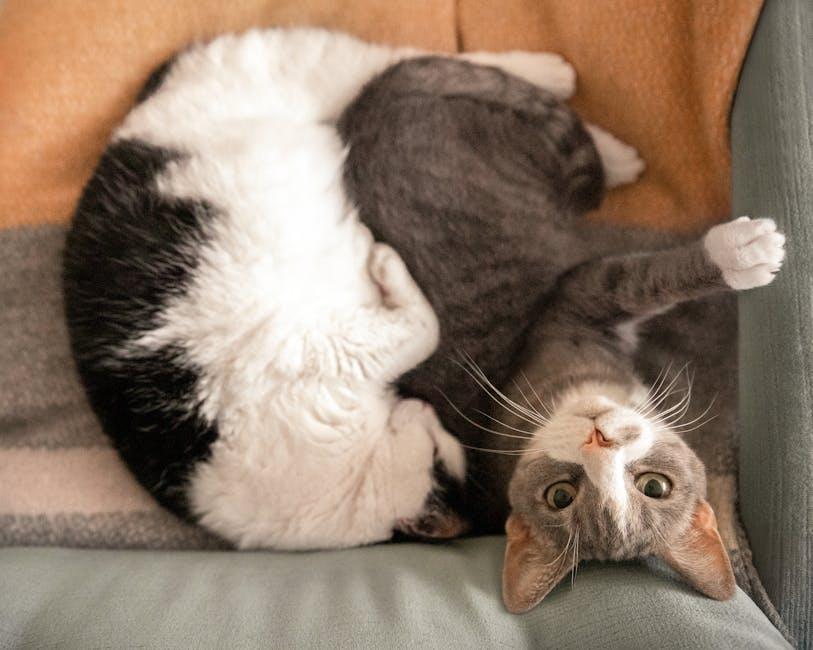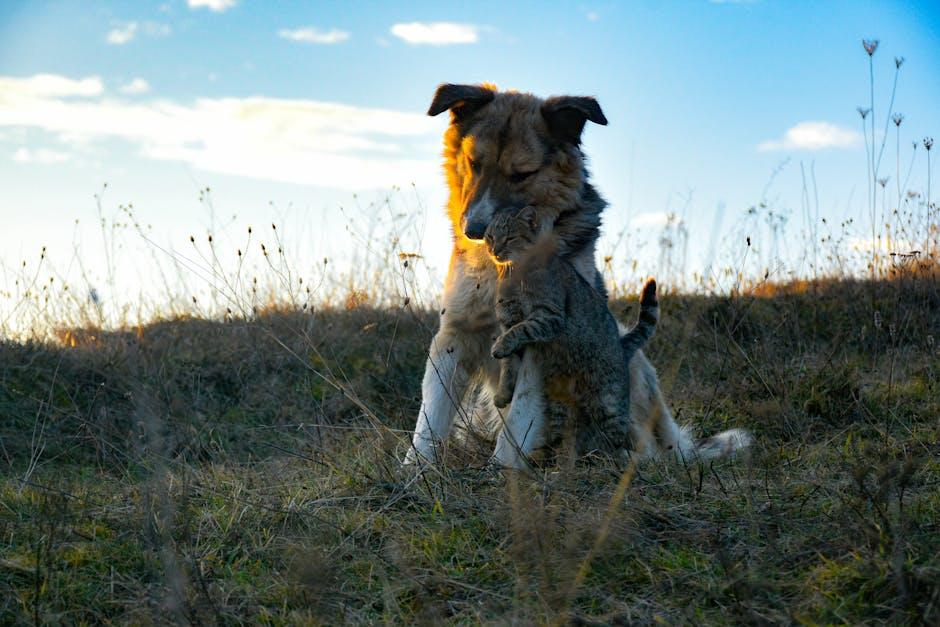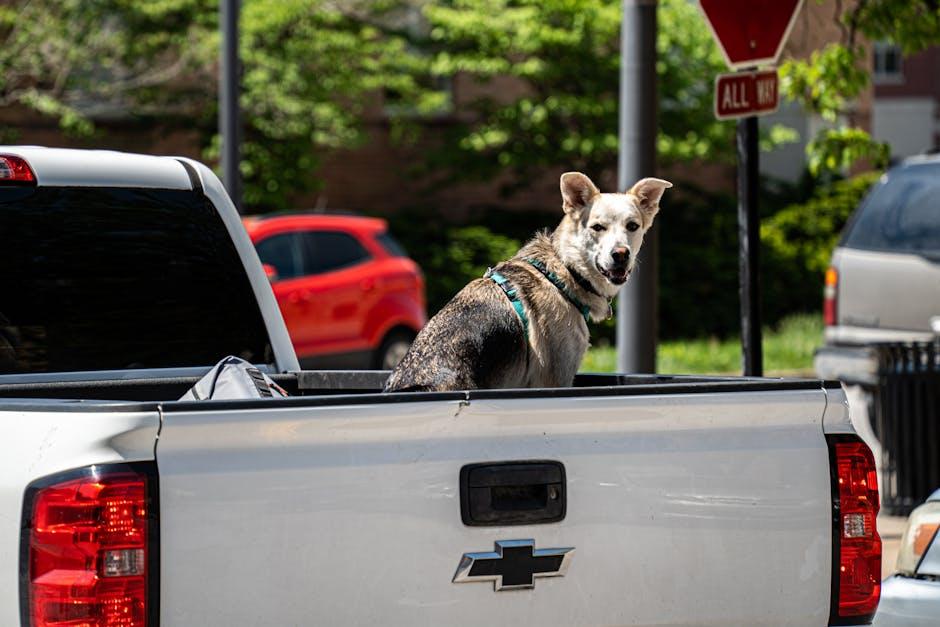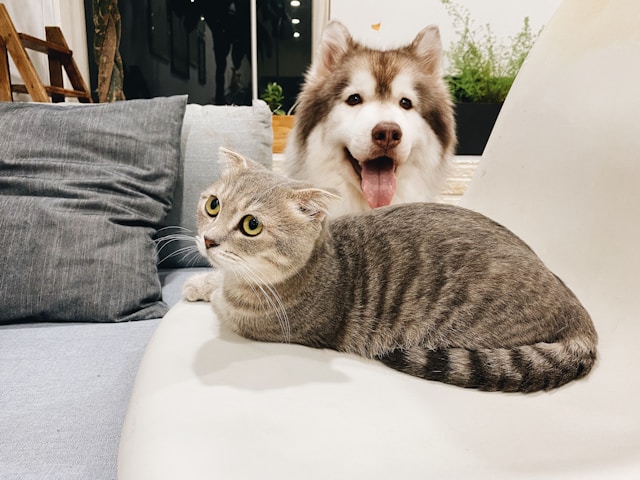How to Choose the Right Pet Bed Size
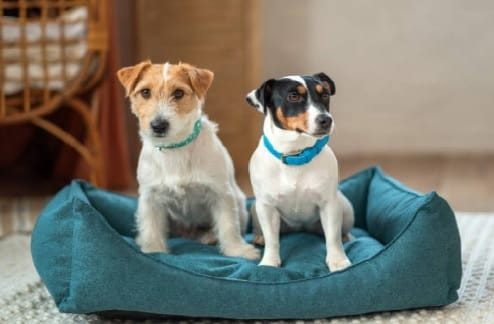
How to Choose the Right Pet Bed Size. The Ultimate Guide for Pet Owners. If you’ve ever watched your pet try to squeeze into a bed that’s way too small—or get lost in one that’s comically oversized—you know how important it is to find the perfect fit. Choosing the right bed size isn’t just about aesthetics; it’s about giving your furry friend the comfort, security, and support they deserve. In this guide, I’ll walk you through everything you need to know to pick the ideal pet bed size, from measuring your pet to understanding their sleeping style.
Grab a measuring tape, and let’s dive in!
Why Bed Size is Important for Your Pet’s Comfort
Think about your favorite spot on the couch or your cozy bed at night. Now imagine trying to sleep in a chair that’s too small, or a bed so big you feel lost in it. Not very relaxing, right? The same goes for your pet.
Sleep Quality and Health Benefits
A properly sized bed helps your pet sleep better by offering enough space to stretch, curl up, or sprawl out—whatever their preferred snoozing style might be. For older pets or those with joint problems, the right size (and type) of bed can make a huge difference in reducing discomfort.
Security and Comfort
For many pets, their bed is their safe space. If it’s too large, they might not feel as secure. If it’s too small, they’ll be uncomfortable. Striking that balance is key!
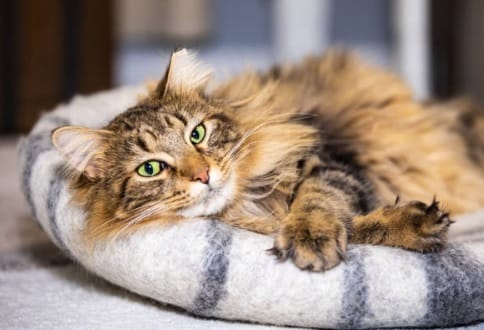 Factors to Consider When Choosing Pet Bed Size
Factors to Consider When Choosing Pet Bed Size
Choosing the perfect bed isn’t just about eyeballing your pet and guessing—trust me, I’ve tried. Here are the main factors you’ll want to consider:
1. Measuring Your Pet Accurately
Grab a measuring tape and measure your pet from the tip of their nose to the base of their tail while they’re lying down. Then add about 6–12 inches to that measurement for extra wiggle room.
- Small Pets: Beds should be snug but roomy enough to curl up.
- Medium to Large Pets: They’ll need more space to stretch out comfortably.
2. Sleeping Style: Curled vs. Sprawled
Does your pet sleep curled up in a tight ball, or do they stretch out like a sunbathing superstar? Curled sleepers can get away with smaller beds, while sprawlers need more space.
3. Age and Health Considerations
Senior pets or those with arthritis might benefit from orthopedic beds. These often come with extra cushioning and support, but you’ll still need to get the sizing right.
How to Measure Your Pet for the Perfect Bed
Here’s a simple step-by-step guide:
- Get Your Pet to Relax: Measure them while they’re lying in their most common sleeping position.
- Take Length and Width Measurements: Measure from nose to tail and shoulder to shoulder.
- Add Extra Space: Add 6–12 inches to those numbers for comfort.
Pro Tip: When in doubt, size up! It’s usually better for your pet to have a bit more room than to feel cramped.
Types of Pet Beds and Their Sizing Differences
Not all beds are created equal. Here are some common types and how sizing might differ:
- Orthopedic Beds: Great for senior pets; size according to your pet’s stretched-out length.
- Donut Beds: Ideal for pets who love to curl up. Make sure the inner circle isn’t too tight.
- Elevated Beds: Perfect for outdoor use; ensure they’re large enough for your pet to lie flat.
Each style serves a different purpose, so keep your pet’s habits in mind.
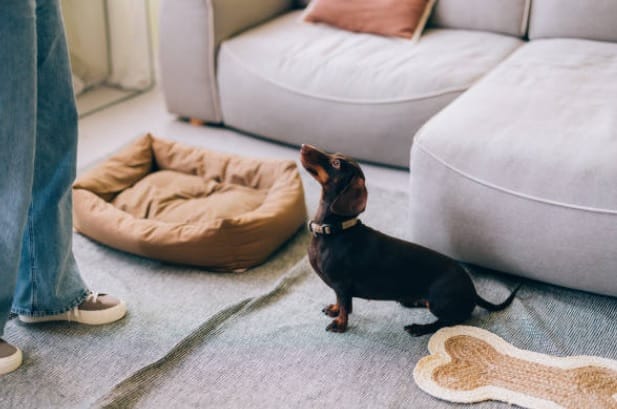
How to Choose the Right Pet Bed Size
Common Pet Bed Sizes by Breed and Weight
Here’s a quick cheat sheet:
- Small (Under 25 lbs): Cats, Chihuahuas, Yorkshire Terriers
- Medium (25–50 lbs): Cocker Spaniels, Beagles, Medium Cats
- Large (50–100 lbs): Labradors, Golden Retrievers
- Extra Large (100+ lbs): Great Danes, Saint Bernards
When shopping, always check the bed’s weight limit and dimensions.
Common Mistakes to Avoid When Choosing a Pet Bed
Even with the best intentions, it’s easy to make a mistake. Here are a few pitfalls to avoid:
- Guessing the Size: Always measure your pet!
- Ignoring Sleeping Style: Sprawlers need space; curlers need cozy corners.
- Focusing Only on Looks: A stylish bed won’t matter if your pet doesn’t find it comfy.
Extra Features to Consider Beyond Size
Once you’ve nailed the sizing, think about these extra details:
- Material & Durability: Is it chew-proof? Scratch-resistant?
- Ease of Cleaning: Removable, machine-washable covers are a lifesaver.
- Waterproofing: Great for puppies or senior pets prone to accidents.
FAQs About Pet Bed Sizes
Q: How often should I replace my pet’s bed?
A: Every 1–2 years, or when it starts to lose its shape or cushioning.
Q: Can one bed fit multiple pets?
A: Yes, but ensure it’s big enough for everyone to fit comfortably.
Q: What if my pet doesn’t like their new bed?
A: Try adding a blanket or a favorite toy to make it more inviting.
Conclusion: Happy Pet, Happy Home
Choosing the right pet bed size might seem like a small detail, but it makes a huge difference in your pet’s quality of life. Take the time to measure, consider their sleeping style, and invest in a bed that suits their needs.
Your pet deserves a cozy, comfy space to call their own—and trust me, they’ll thank you with wagging tails and happy purrs.
How to Keep Cat Entertained.
Passenger ‘Livid’ After Being Forced To Give Up First Class Seat To Dog
Sugar Glider Flaying animal | Exotic Animal | Adorable Animal | Baby So Cute Sugar Glider animal


